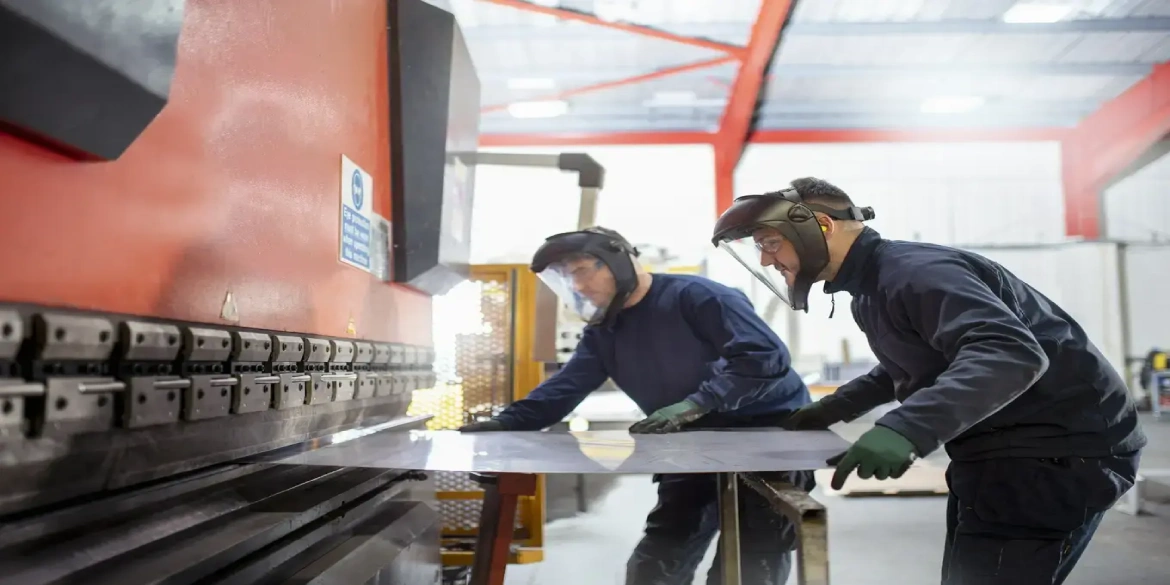How is steel sheet bending done?

Bending steel sheets is a process that may seem simple, but it hides many secrets and requires precision and experience. In today's blog entry, we will take a closer look at this topic, discussing various bending methods, factors affecting bending quality, and the applications of this process in the industry. Understanding these aspects will help you better appreciate the role of steel sheet bending in production.
Methods of bending steel sheets
Bending steel sheets can be done in several ways, depending on the needs and specifications of the project. The first method is cold bending, which involves bending the sheet at room temperature. This method is often used due to its low cost and simplicity. Another method is hot bending, which is performed at elevated temperatures, allowing for greater material flexibility and enabling the bending of more complex shapes. Bending with a press brake is another technique, which involves applying pressure to the sheet using specialized tools. The last method discussed is laser bending, which offers the highest precision and allows for the execution of the most advanced projects.
Factors affecting bending quality
The quality of steel sheet bending depends on many factors that must be considered throughout the process. Firstly, the thickness of the sheet is significant - the thinner the sheet, the easier it is to bend, but it is also harder to maintain its shape. Secondly, the type of steel used in the sheet production also affects bending quality - some alloys are more flexible and better suited for bending. The precision of the tools and the operator's skills are crucial for achieving the desired results. The temperature of the bending process can also impact the material's properties and the quality of the final product. The proper lubrication and maintenance of machines and tools are essential for ensuring the long-term efficiency of the bending process.
Applications of steel sheet bending in the industry
Steel sheet bending has widespread applications in various industries. In construction, bent sheets are used to produce structural elements such as beams, columns, and profiles. In the automotive industry, bent sheets are used to manufacture car parts, while in the energy sector, bent sheets are used to produce components for wind turbines and solar panels. In the machinery industry, bent sheets are essential for producing machine housings and mechanical components. Finally, in the furniture industry, bent sheets are used to create structural elements of furniture and accessories.

